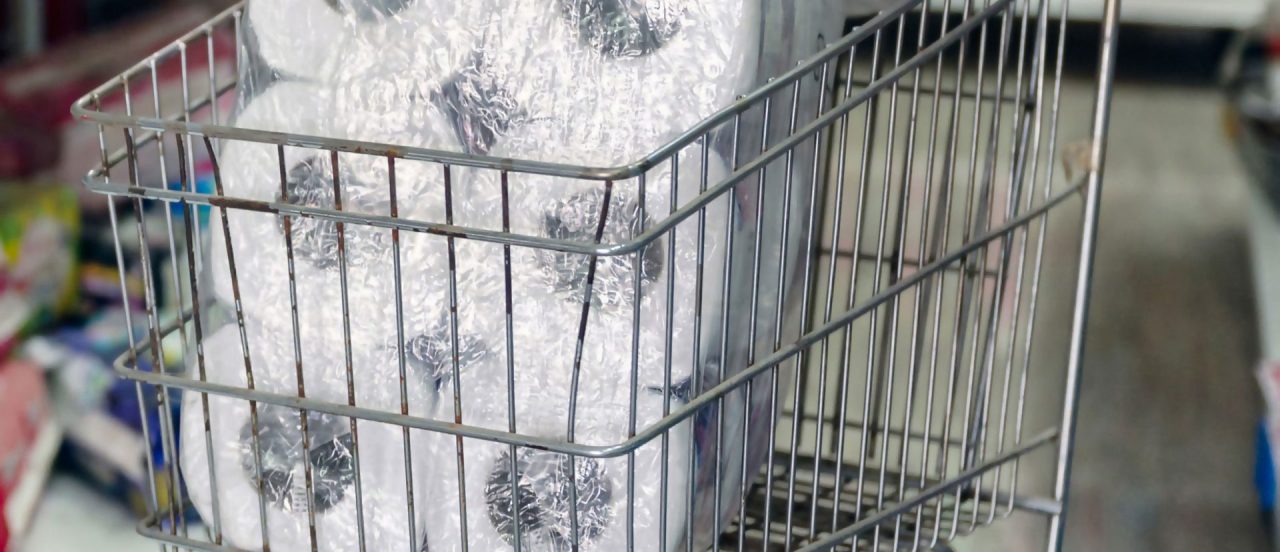Since the outbreak of the Coronavirus (COVID-19) pandemic, the legal landscape surrounding price gouging has changed rapidly and dramatically. Attorneys general and state governors have issued statues, executive orders, or regulations addressing concerns over price gouging. A majority of states have made it clear that they will move quickly and forcefully against any business they suspect to be price gouging. On the federal level, President Trump signed an Executive Order implementing the Defense Production Act prohibiting the accumulation of “scarce” supplies and members of Congress have proposed bills to extend protections against price gouging of essential goods and services. Manufacturers and resellers — particularly of ventilators, personal protective equipment, and other essential supplies that are in high demand — should be prepared for state and federal enforcers to aggressively monitor their price changes during the COVID-19 pandemic and prepare themselves to prove that their conduct does not constitute price gouging. This article provides an overview of price gouging laws and restrictions at both the state and federal level and offers practical considerations for businesses as they adjust to supply pressures and increased consumer demand.
By Vic Domen1 & Daniella Torrealba2
I. INTRODUCTION
As the world struggles to contain the COVID-19 pandemic, the resulting states of emergency, need for medical supplies, and panic buying have caused unpre
...THIS ARTICLE IS NOT AVAILABLE FOR IP ADDRESS 216.73.216.89
Please verify email or join us
to access premium content!

